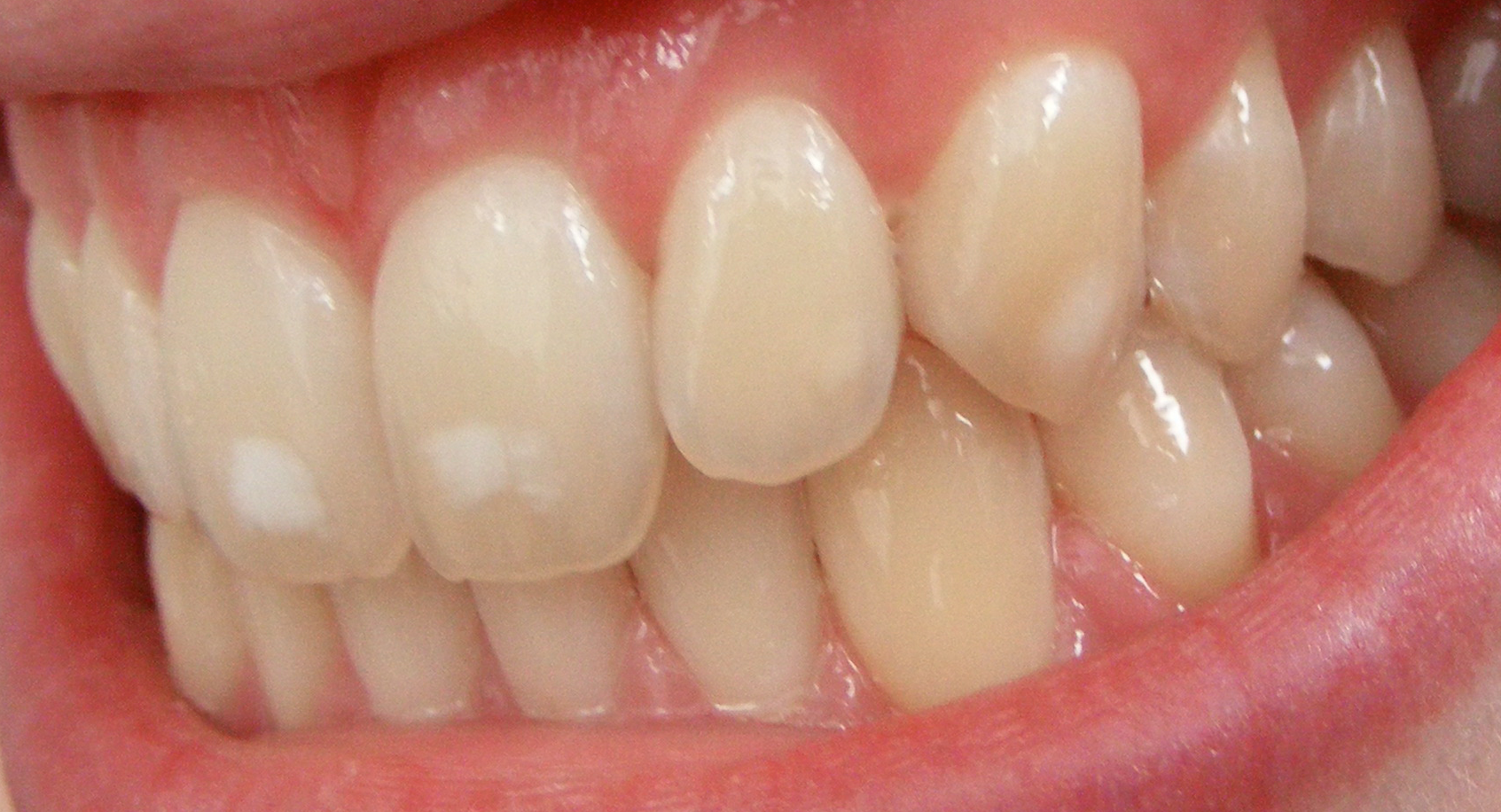
i’m lynn goldstein, a registered dietician. you've got more calcium in your body thanany other mineral. 99% of it is stored in the teeth and bones, where the body uses thatcalcium to build them and keep them strong. the remaining 1% of the body's calcium isin the blood, muscle and the fluid between cells where it helps muscle and blood vesselsto contract and expand cells to secrete hormones and enzymes and nerves to communicate. even though calcium is essential for healthyfunctioning, it's a mineral. that means the body can't actually make it so all the calciumwe need has to come from the food we eat. smart choices for foods rich in calcium includedairy products (like low fat or nonfat milk,
cheese, and yogurt), dark green leafy vegetables(like bok choy, kale and broccoli), and calcium fortified foods (like some orange juice, breakfastcereals, breads, soy and rice beverages, and tofu products). certain nuts (like almonds),some fish, beans and even oatmeal also contain significant amounts of calcium. you can alsoget calcium from certain antacids and dietary supplements if lactose intolerance or someother factor limits your ability to get enough calcium just from meals. despite all the different kinds of foods thatcontain calcium, a lot of experts still don't think we get enough of it. recommendationsfor daily calcium intake vary by age, gender and activity level, but adults need about1,000 mg a day. that's about 8oz of low-fat
yogurt, 3 oz of fish (like sardines or salmon),â½ cup of soybeans and â½ cup of spinach, all eaten over the course of one day. as weget older, particularly women over 50 and men over 70 need more about 1200 mg a day. research has shown that foods high in vitamind, when eaten in combination with calcium-rich foods, help the body absorb that calcium.that's because the body needs vitamin d to form enough of the hormone calcitriol (alsocalled the active vitamin d). without enough vitamin d, the body can't absorb enough calcium. alternatively, certain ingredients (when consumedat the same time as calcium-rich foods) seem to reduce calcium absorption. these includecaffeine and alcohol.
when your body needs more calcium and is notgetting it from the foods you're eating, it turns to the long-term storage facility, itsown skeleton. over time, this calcium depletion will lead to bone loss and a crippling ofthe body's ability to repair and form strong, new bone. this is called osteoporosis. post-menopausalwomen are especially vulnerable, and so they need to be particularly mindful about gettingenough calcium. other groups that need more calcium include children, female athleteswho exercise to the point that their menstruation ceases, and vegans because they avoid dairyaltogether. i always remind my patients that in additionto getting enough calcium, weight-bearing exercise is essential for healthy bones, especiallyas we get older when bones tend to become
more brittle and weak. and children benefitfrom bone-building exercise too! fun options include walking, jogging, tennis, field hockey,jumping rope, basketball, dancing, hiking, weightlifting and soccer. be active at every age, and get enough calciumby eating a rainbow of nutritious foods. now that advice is essential!
 Januari 13, 2017
Januari 13, 2017

Tidak ada komentar
Posting Komentar